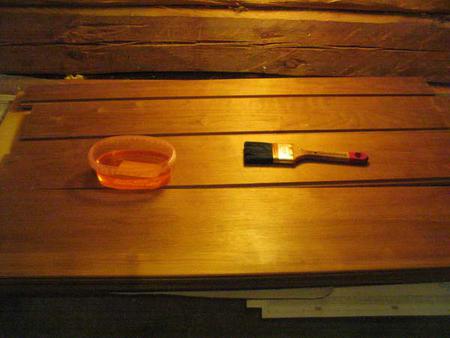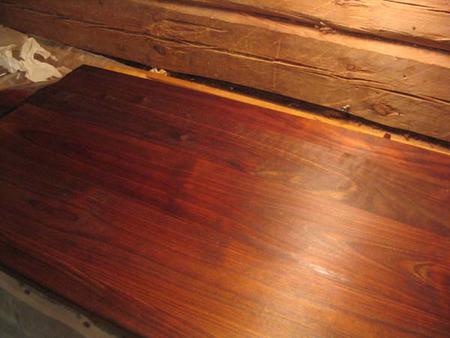Hi,
"PM" is powdered metal ...a manufacturing method that makes a very homogenous steel, with significant performance benefits...
Our new PM steel (PM-V11) will outperform just about any steel we've tested...and there were more than 20 of them.
It has better impact and wear resistance than A2, O1, D2, CPM-3V, CPM-6V, M2, and M4 steels, just to name a few. It will also sharpen as easily as A2....
It's going to surprise a lot of people....
Cheers,
Rob
( who had to dig through 2' of friable rock with with a pick to finish the retaining wall base...)
"PM" is powdered metal ...a manufacturing method that makes a very homogenous steel, with significant performance benefits...
Our new PM steel (PM-V11) will outperform just about any steel we've tested...and there were more than 20 of them.
It has better impact and wear resistance than A2, O1, D2, CPM-3V, CPM-6V, M2, and M4 steels, just to name a few. It will also sharpen as easily as A2....
It's going to surprise a lot of people....
Cheers,
Rob
( who had to dig through 2' of friable rock with with a pick to finish the retaining wall base...)






